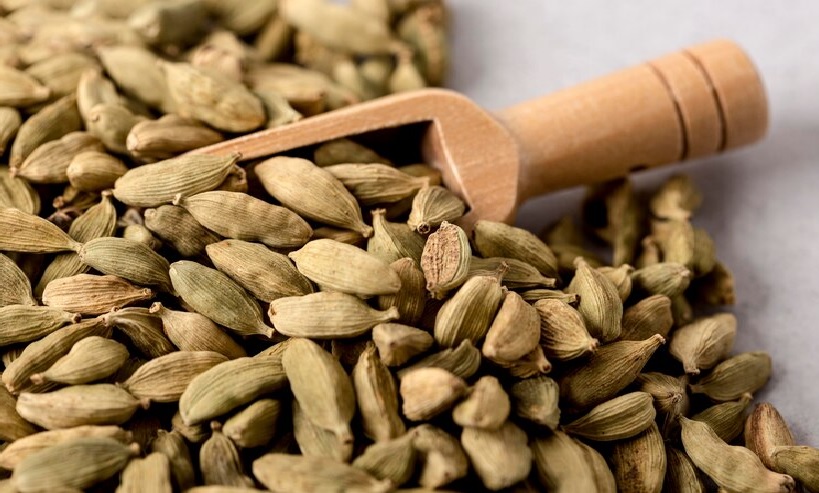India’s cardamom export prospects for the next few months appear promising, particularly given the current challenges facing Guatemala, which is a major competitor in the global cardamom market. According to the information you provided, while both Guatemala and India are facing a significant drop in production this year—estimated at 40-50% for Guatemala and 35-40% for India—the situation may present India with an opportunity to expand its exports, especially to the Gulf countries, a key market for Indian cardamom.
Key factors shaping the export outlook:
Price and Quality Dynamics:
- Guatemala’s cardamom is reportedly of lower quality and priced 30% higher than Indian cardamom, which could make India’s product more attractive, especially for price-sensitive markets.
- As a result, Indian exporters might see stronger demand from countries looking for more affordable, high-quality cardamom.
Demand in Gulf Countries:
- While demand has not fully picked up due to Ramadan, the expectation is that it will strengthen post-Ramadan. The Gulf countries are the largest consumers of cardamom, and the supply shortage in Guatemala could further boost India's export potential if it can meet the growing demand.
Price Trends:
- The price of cardamom is expected to rise sharply—potentially hitting Rs 3500 per kg in the January-March 2025 period. While higher prices could boost export revenue, they also pose risks. If prices rise too quickly, domestic demand might weaken, and international buyers could become more cautious or reduce their purchases, particularly in price-sensitive regions like Central-East Asia.
Challenges for Indian Exporters:
- Exporters are concerned about the limited stock available due to high domestic prices, with much of the available cardamom being absorbed by domestic markets, particularly the Disawari markets. This could make it difficult for exporters to meet their obligations and contract demands.
- If cardamom prices increase significantly, it may affect India’s competitiveness in traditional markets, especially if Guatemala’s cardamom prices remain high or if other producers like Sri Lanka or Indonesia ramp up their production.
Market Sensitivity:
- The Central-East Asian markets, traditionally strong for Indian cardamom, may become more price-sensitive. Indian exporters will have to balance between meeting contractual obligations and not pricing themselves out of key markets.
Conclusion:
While the export outlook for Indian cardamom appears strong in the short term, with a likely price increase and an opportunity to capture market share from Guatemala, there are challenges ahead. The limited stock, potential price volatility, and the cautious stance of international buyers due to high prices could create pressure. Exporters will need to carefully manage stock, pricing, and market relationships to take full advantage of the opportunity over the next few months.

